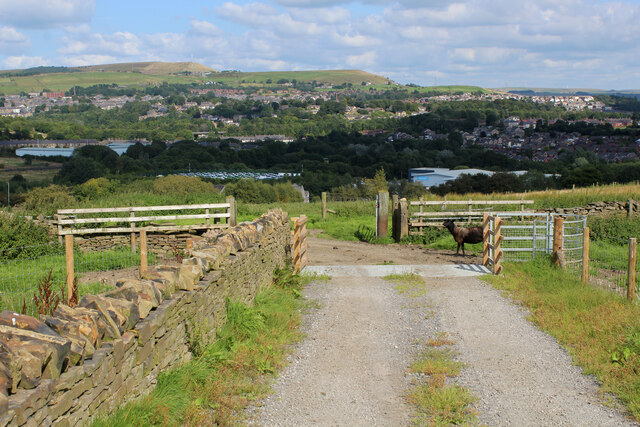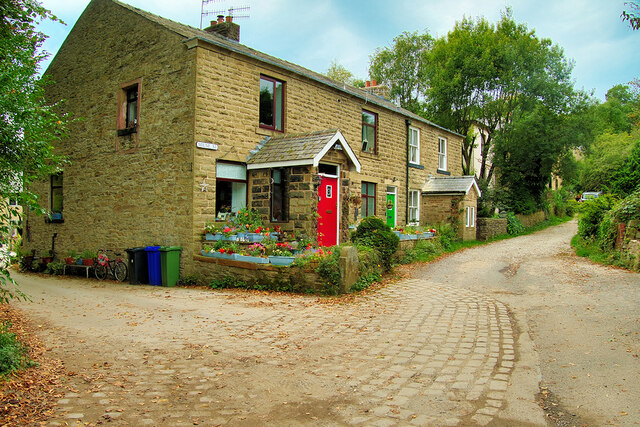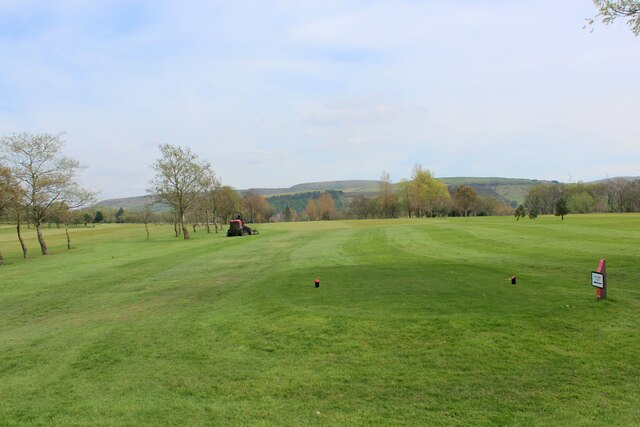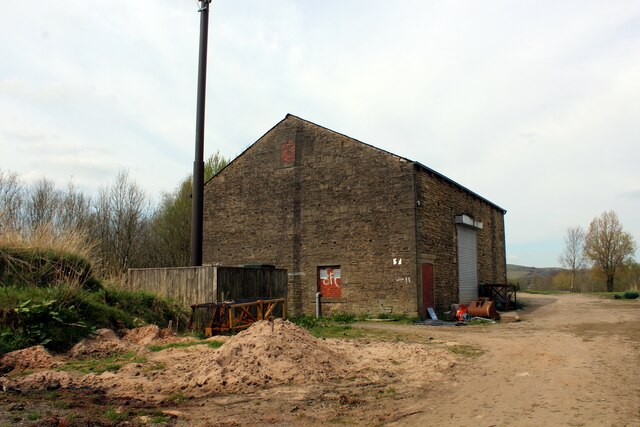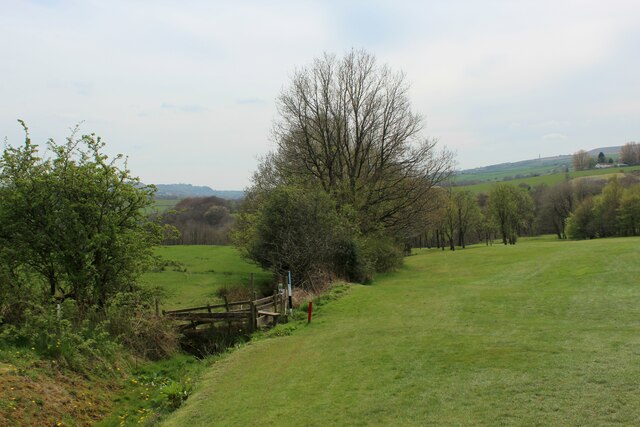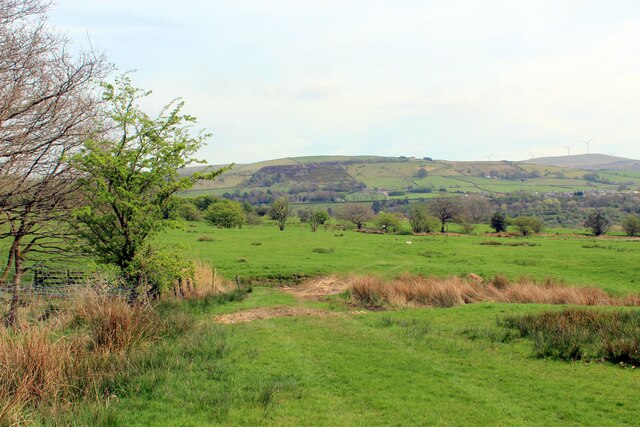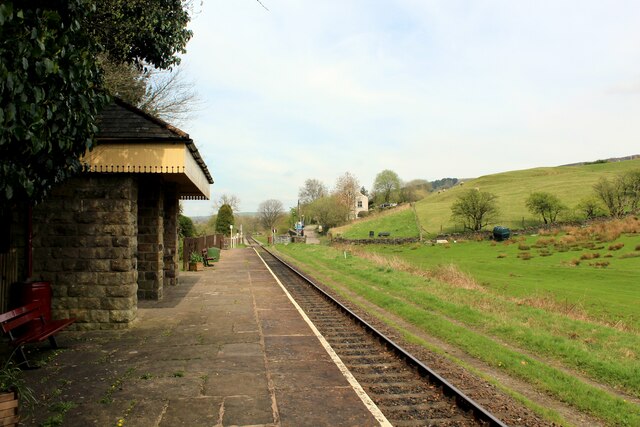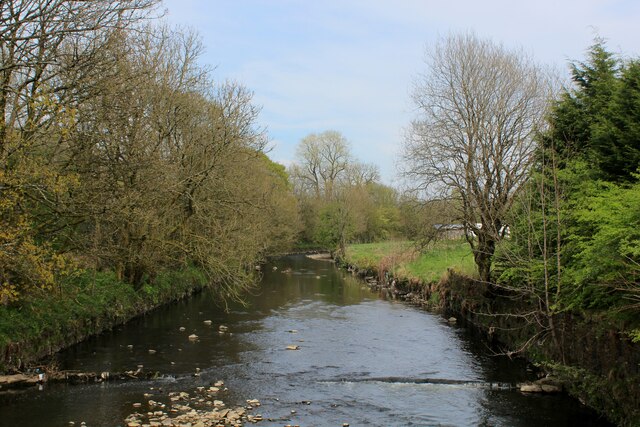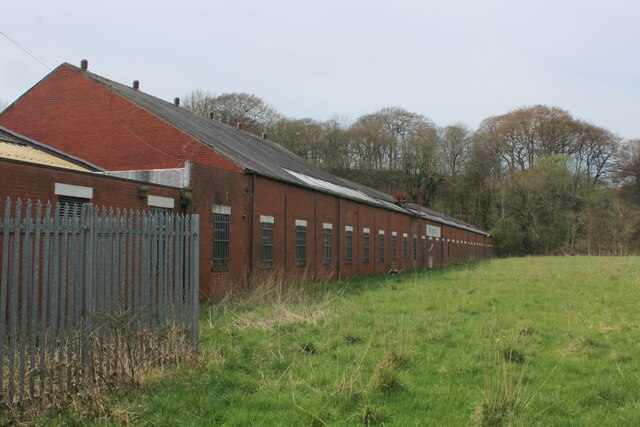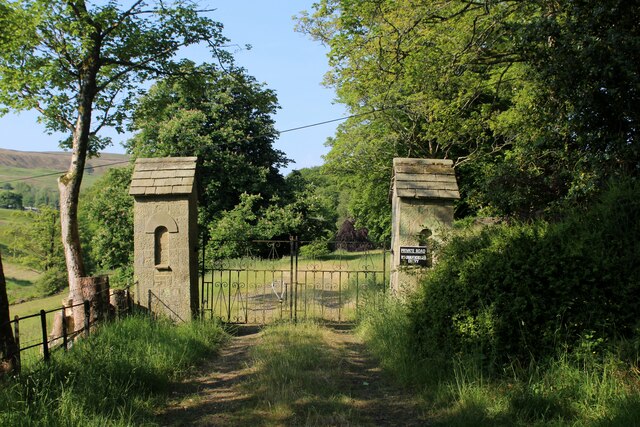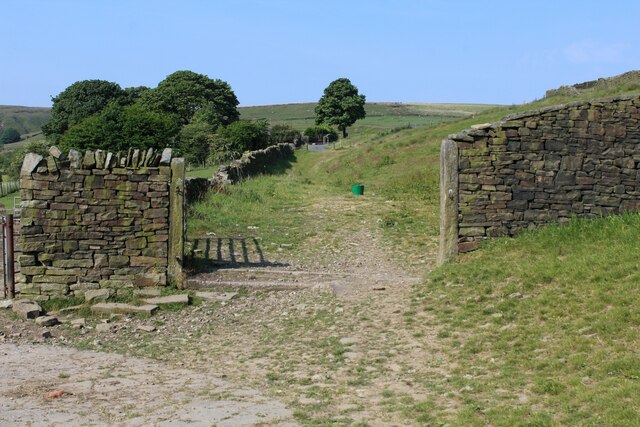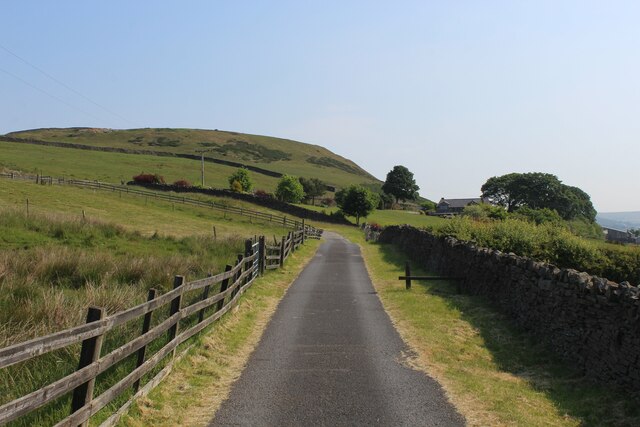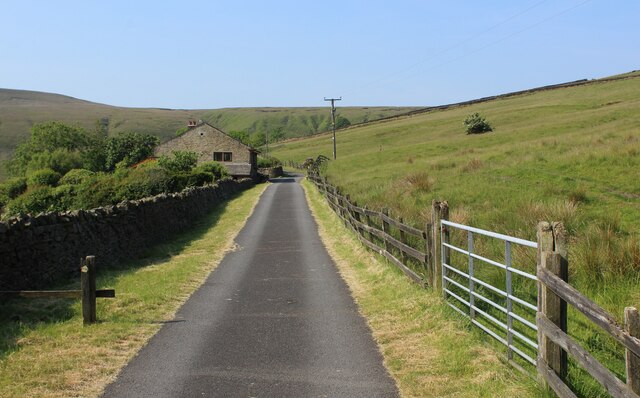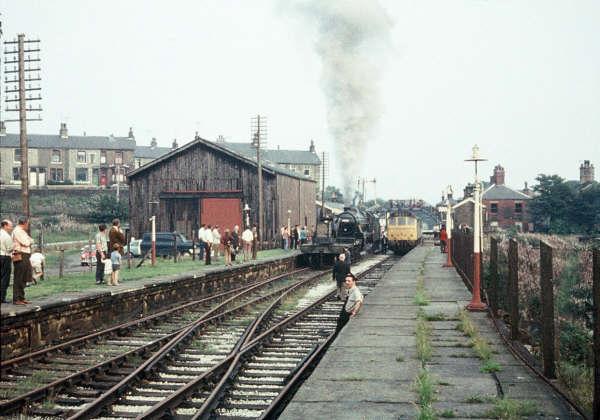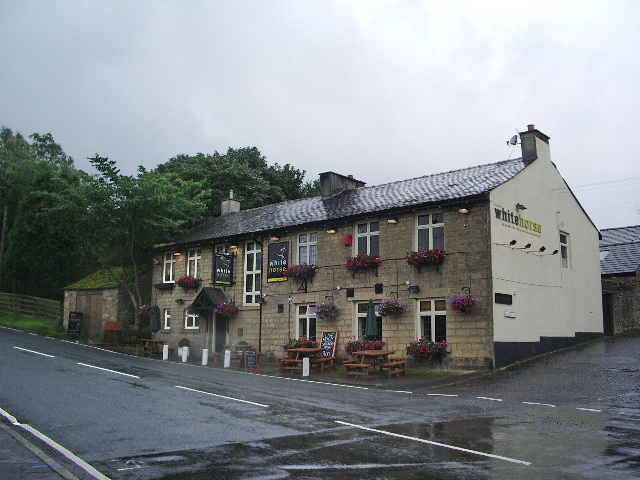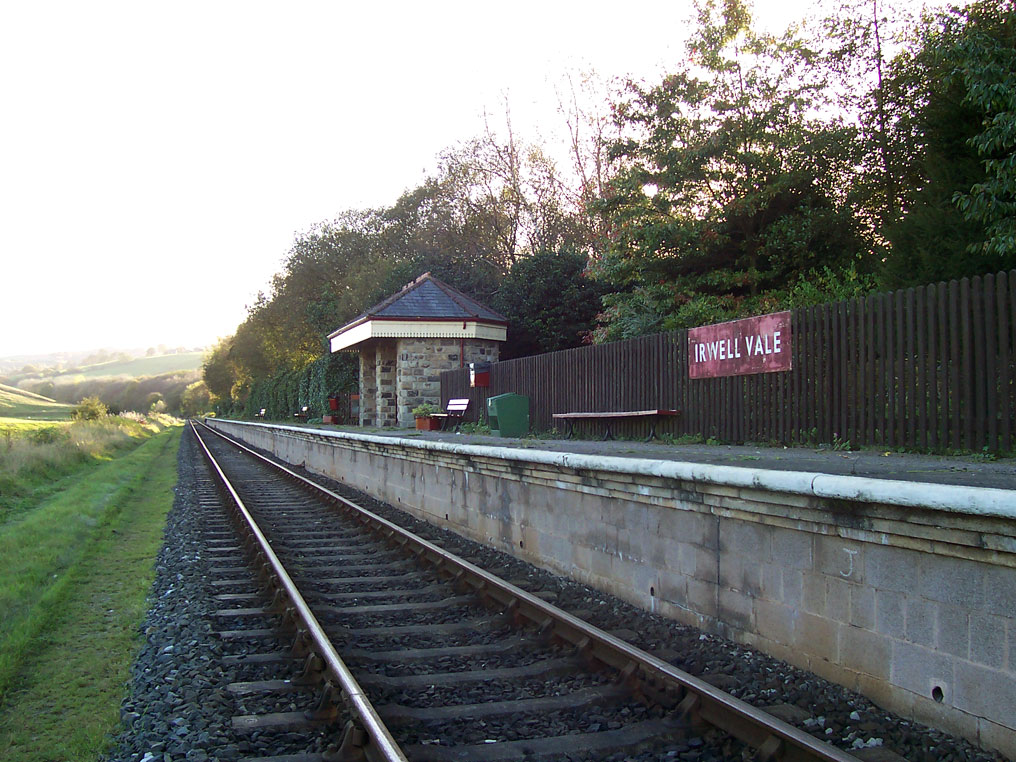Alden Wood
Wood, Forest in Lancashire Rossendale
England
Alden Wood
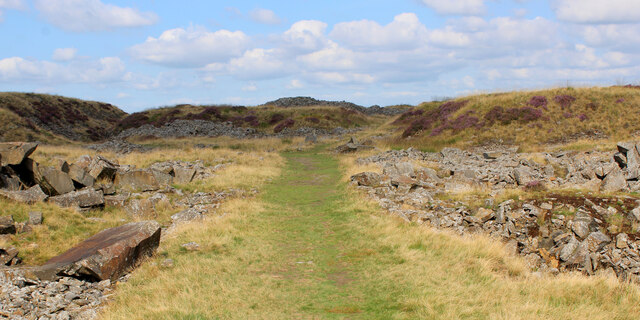
Alden Wood, Lancashire, also known as Wood or Forest, is a picturesque village located in the county of Lancashire, England. Nestled amidst lush greenery and surrounded by rolling hills, this quaint village offers a serene retreat for nature lovers and those seeking a peaceful countryside experience.
The village is characterized by its dense woodland areas, which give it its name. Alden Wood is home to a diverse range of tree species, including oak, beech, and birch, creating a rich and vibrant ecosystem. The woodland provides a habitat for various wildlife, such as deer, squirrels, and a variety of bird species, making it an ideal spot for nature enthusiasts and birdwatchers.
The village itself is small, with a tight-knit community that takes pride in preserving its natural surroundings. The houses in Alden Wood are traditional and charming, with some dating back several centuries. The village center features a few local shops, a village hall, and a small pub, where residents and visitors can enjoy a warm and friendly atmosphere.
Alden Wood is also known for its numerous walking and hiking trails, which offer stunning views of the surrounding countryside. The village is strategically located near other attractions in Lancashire, such as historic landmarks, country parks, and charming neighboring villages, making it an ideal base for exploring the region.
Overall, Alden Wood, Lancashire, offers a tranquil and idyllic setting for those seeking a break from the hustle and bustle of city life. Its natural beauty, welcoming community, and convenient location make it a hidden gem for those looking to immerse themselves in the tranquility of the English countryside.
If you have any feedback on the listing, please let us know in the comments section below.
Alden Wood Images
Images are sourced within 2km of 53.677267/-2.3438606 or Grid Reference SD7720. Thanks to Geograph Open Source API. All images are credited.
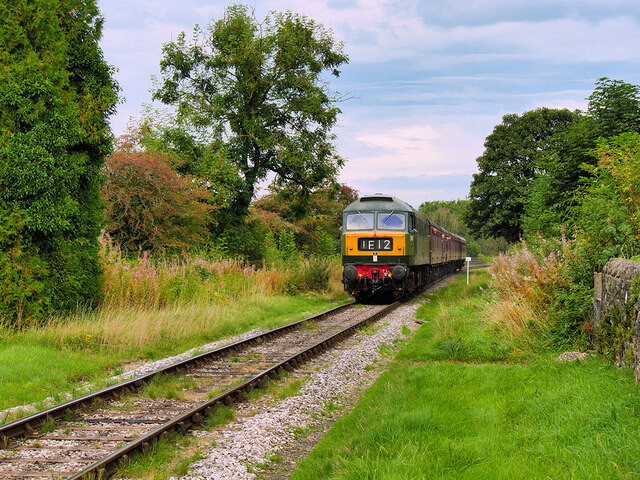
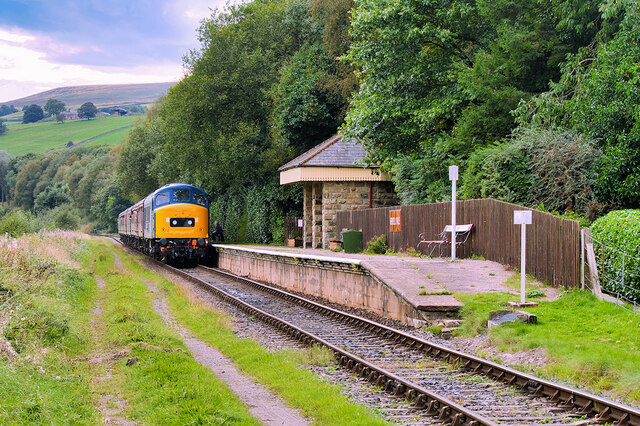
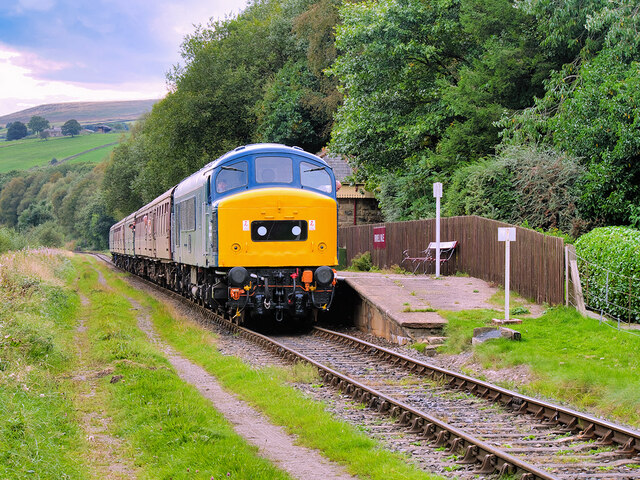
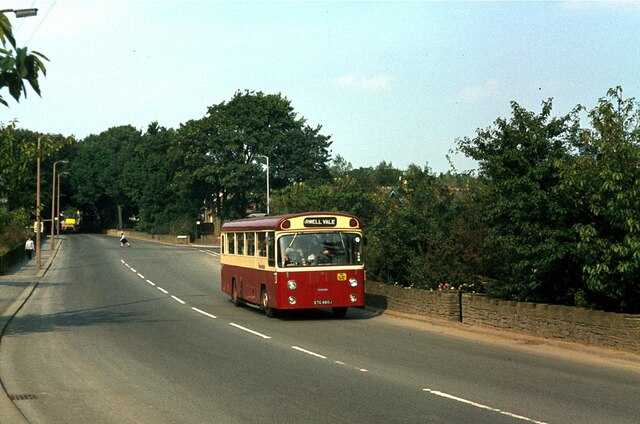
Alden Wood is located at Grid Ref: SD7720 (Lat: 53.677267, Lng: -2.3438606)
Administrative County: Lancashire
District: Rossendale
Police Authority: Lancashire
What 3 Words
///fuels.suits.ruffling. Near Edenfield, Lancashire
Nearby Locations
Related Wikis
Alden Valley
The Alden Valley is a small valley on the eastern edge of the West Pennine Moors, west of Helmshore in Rossendale, Lancashire, England. In the 14th century...
Musbury Tor
Musbury Tor or Tor Hill is a flat-topped hill in south-east Lancashire, England. It overlooks the village of Helmshore and separates Alden Valley to its...
Musbury Valley
The Musbury Valley is a small valley in the Helmshore area of Rossendale Valley, Lancashire. Musbury Brook flows through its length, and its south side...
Helmshore railway station
Helmshore railway station served the village of Helmshore, Rossendale, Lancashire between 1848 and 1966. == Construction and location == Helmshore station...
Helmshore Mills Textile Museum
Helmshore Mills are two mills built on the River Ogden in Helmshore, Lancashire. Higher Mill was built in 1796 for William Turner, and Whitaker's Mill...
Helmshore
Helmshore () is a village in the Rossendale Valley, Lancashire, England, south of Haslingden between the A56 and the B6235, 16 miles (26 km) north of Manchester...
River Ogden
The River Ogden is a minor river in Lancashire, England. It is approximately 4.4 miles (7.1 km) long and has a catchment area of 9.77 square miles (25...
Irwell Vale railway station
Irwell Vale railway station is a station built as part of the East Lancashire Railway. It serves the small village of Irwell Vale in Rossendale, Lancashire...
Related Videos
HIKING IN STRONG WINDS VLOG || CLOUDY DAY IN LANCASHIRE || #4k #youtuber #adventure
Come along with me to hike in rain! The real side of Lancashire, MUSBUR TOR in HELMSHORE.
Cribden Hill and The Halo Panopticon, Rossendale, Lancashire
Cribden Hill is part of Cribden Moors and not far from Haslingden, off the A680. Whilst the walk starts behind Winfields Outdoors ...
Haslingden Grane, Helmshore, Rossendale Way, Lancashire
Starting from Clough Head Information car park on the B6232, we took an anticlockwise direction for our walk. We took in part of ...
Rossendale Round
A circular walk around the Rossendale Way taking in Musbury Heights , Hog Lowe Pike & Jamestone Quarry.
Nearby Amenities
Located within 500m of 53.677267,-2.3438606Have you been to Alden Wood?
Leave your review of Alden Wood below (or comments, questions and feedback).
